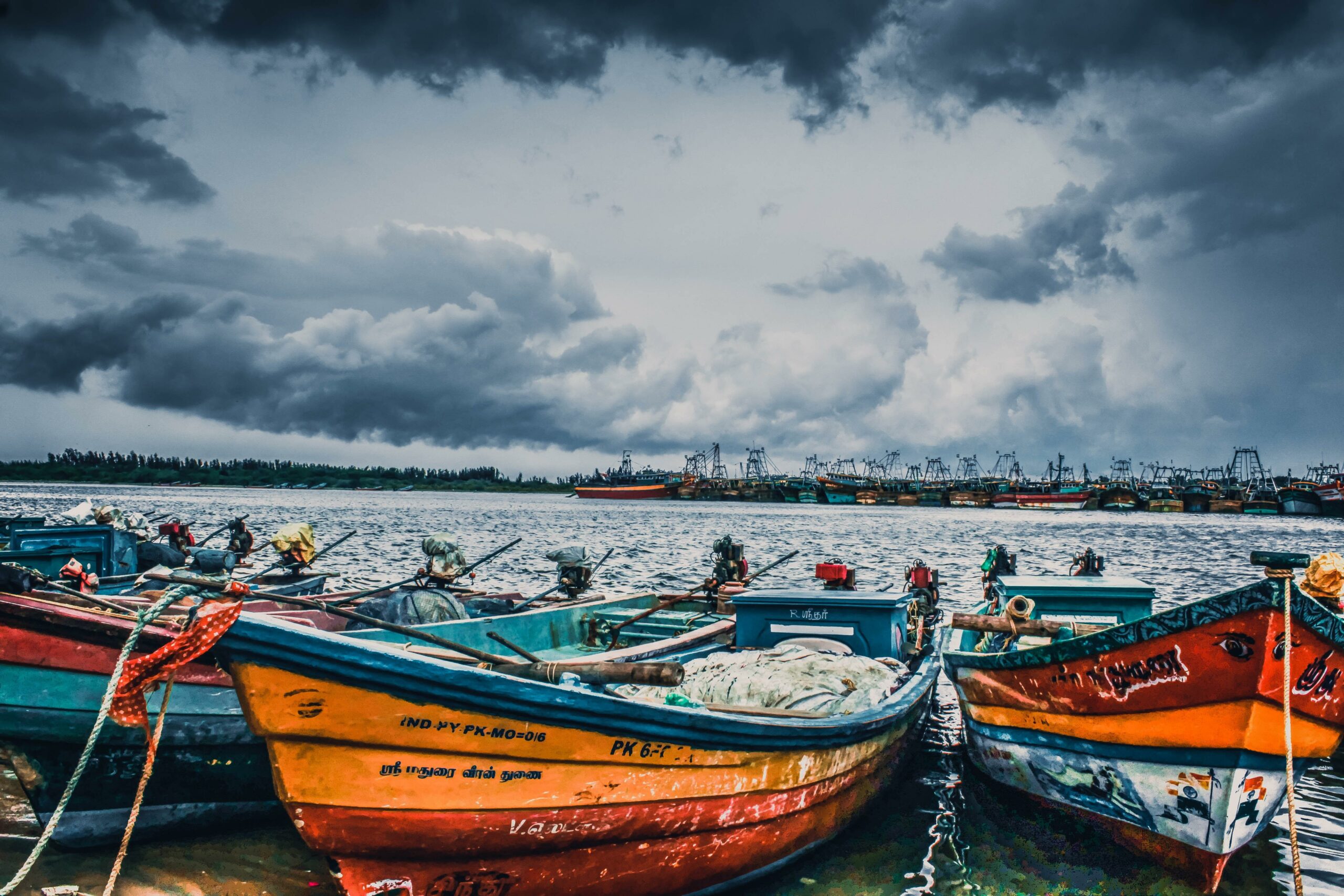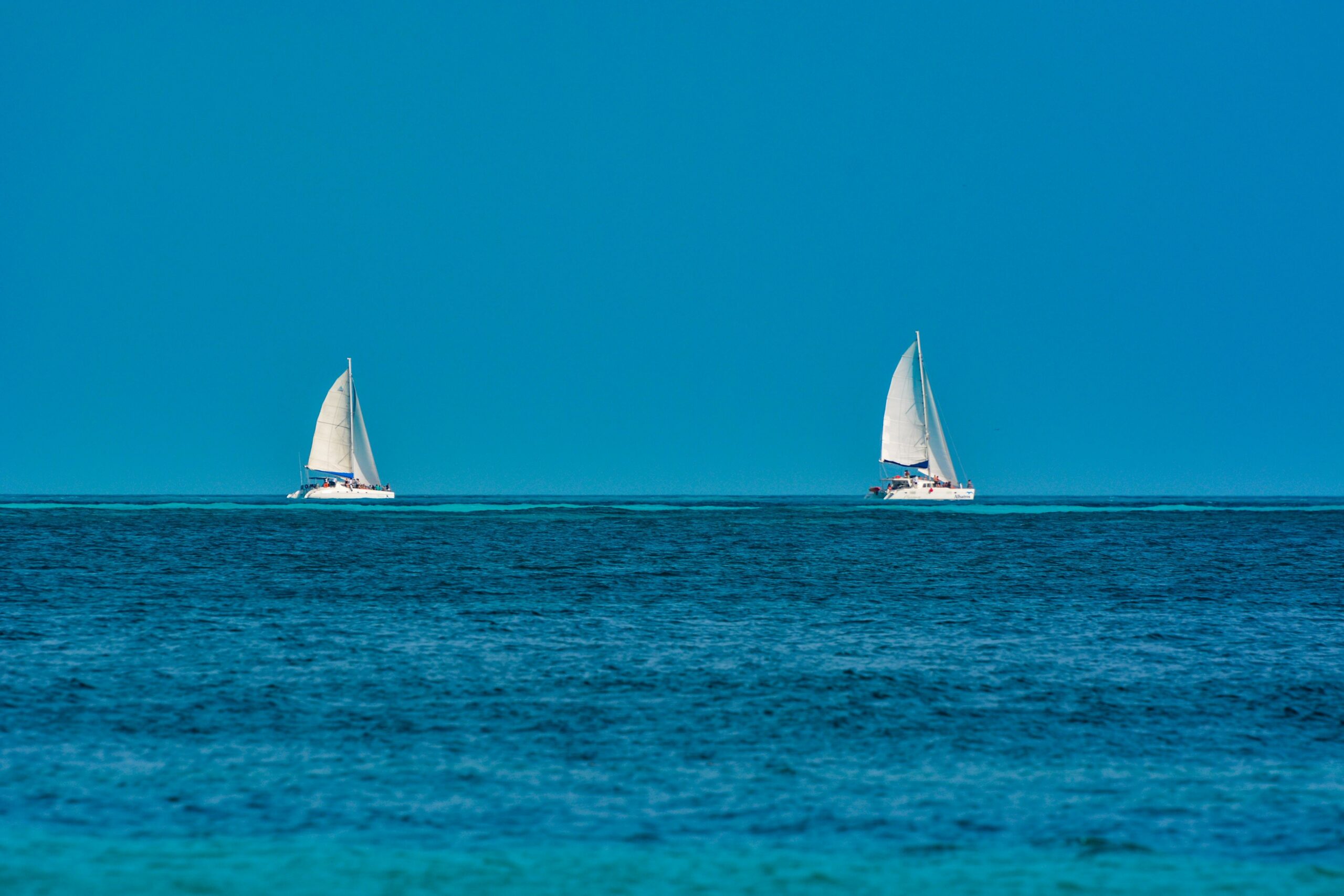Have you ever wondered about the incredible wonders that boats hold? From their breathtaking history to their essential role in trade and exploration, boats have always fascinated mankind. As an experienced maritime journalist, I have dedicated my career to uncovering the captivating stories and hidden treasures that lie within the world of boats. In this article, I will take you on a journey through the maritime realms as we explore five intriguing facts that will leave you in awe. So grab a life jacket and get ready to dive into the marvelous world of boats!

5 Facts About Boats
Boats have played a significant role in human history for centuries, captivating our imagination and enabling remarkable feats of exploration and trade. From their early beginnings to modern-day innovations, here are five fascinating facts that will take you on a journey to discover the marvels of boats.
Fact 1: Ancient Seafaring Heritage
Boats have been an essential part of human civilization since ancient times, with archaeological evidence suggesting their existence for over 900,000 years. These early vessels were crucial for coastal and river navigation, aiding in fishing, trade, and even migration. Imagine the ingenuity of our ancestors as they crafted these primitive boats using natural materials like logs and animal skins.
“Step back in time and envision the courage and resourcefulness required to embark on these early seafaring adventures.”
Fact 2: Distinction Between Boats and Ships
While the terms “boat” and “ship” are often used interchangeably, there is a distinction between them. Boats are smaller and more lightweight than ships, designed to be carried on a ship. They serve a variety of purposes, from transportation and recreation to fishing and rescue missions. Ships, on the other hand, are larger and capable of carrying boats, making them ideal for long voyages and heavy cargo.
“Think of boats as the versatile companions of ships, exploring places inaccessible to their larger counterparts.”
Fact 3: Versatile Power Sources
Boats can be powered by sails, oars, or motors, adapting to the needs and advancements of different eras. Traditionally, sails harnessed the wind’s power, propelling boats gracefully across the water. Oars allowed for manual propulsion, requiring strength and coordination from the boat’s crew. In modern times, motors have revolutionized boating, providing speed and convenience. With advancements in technology, electric and hybrid boats are also emerging, showcasing a greener future for maritime travel.
“Discover the evolution of boat power from harnessing nature’s breath to harnessing the raw power of engines.”
Fact 4: Structure and Vulnerability
Boats are typically constructed using wood, a material that has stood the test of time due to its sturdy yet flexible nature. Some parts of a boat, like the keel or the propellers, may incorporate metal for added strength and durability. Despite their robust construction, boats are not indestructible and have a finite lifespan. Collisions with other vessels or objects can lead to their sinking, emphasizing the importance of skilled navigation and maintenance.
“Explore both the resilience and fragility of boats as they navigate the vast liquid highways.”
Fact 5: Maritime Milestones
Boats have been at the center of remarkable milestones throughout history. One significant achievement is Christopher Columbus’s journey to America. In 1492, he set sail with only 40 crew members aboard the Santa Maria, leading to the exploration of the New World. Another fascinating milestone is the birth of recreational boating. In 1922, an 18-year-old named Ralph Samuelson invented water skiing, revolutionizing water-based leisure activities.
“Join the ranks of intrepid adventurers and pioneers as you delve into the captivating stories behind significant maritime milestones.”
These five intriguing facts offer a glimpse into the world of boats, their rich history, and their ongoing contributions to our society. So, next time you see a boat gliding along the water, take a moment to appreciate the legacy of human ingenuity and the wonders that lie on their journey.
Table of Facts
| Fact | Description |
|---|---|
| Fact 1 | Boats have been used for over 900,000 years according to archaeological evidence. |
| Fact 2 | Boats are smaller than ships and can be carried on a ship. |
| Fact 3 | Boats can be powered by sails, oars, or motors and are usually made of wood with some parts made of metal. |
| Fact 4 | Boats have a finite lifespan and can sink when they collide with other vessels or objects. |
| Fact 5 (Milestone 1) | The first ship to reach America had only 40 people on board, including Christopher Columbus. |
| Fact 5 (Milestone 2) | Recreational boating is a relatively new phenomenon, and water skiing was invented by an 18-year-old in 1922. |
| Bonus Fact | The world’s most expensive yacht is made out of gold. |
| Bonus Fact | The terms port and starboard refer to the left and right sides of a boat, respectively. |
Ships have always fascinated us with their grandeur and mystery. From ancient vessels to modern marvels, they hold countless tales of adventure and exploration. If you’re hungry for knowledge and eager to dive into mind-boggling facts about ships, then you’re in luck! Our comprehensive guide, filled to the brim with intriguing information, will take you on an incredible journey through maritime history. Prepare to be amazed as you unravel the secrets of these remarkable floating giants. So, why wait any longer? Click here to embark on an unforgettable voyage through the fascinating world of ships: facts about ships.
5 Facts About Boats
Did you know that boats have played a significant role in shaping our history? From maritime conquests to shipbuilding techniques, the world of boats is fascinating and full of fascinating stories. If you’re interested in delving deeper into maritime history, click here to explore some intriguing facts about boats. Discover how shipbuilding techniques have evolved over the centuries and learn about advancements in naval architecture that have revolutionized the way we navigate the oceans. Don’t miss out on unraveling the secrets of the sea—dive into the captivating world of maritime history today.
advancements in naval architecture
Boats for Kids: Fun Facts and Learning About Boats
[youtube v=”e6-9D8k0BW4″]
Introduction
Boats are fascinating vehicles that have been used for thousands of years. In this article, we will explore boats, their various types, and their important role in our lives. Join us as we dive into the world of boats, sharing fun facts and essential information that kids, children, and toddlers will love to learn.
Types of Boats
Boats come in various shapes and sizes, each designed for a specific purpose. Some boats, such as kayaks, canoes, and gondolas, are human-powered, requiring rowing or paddling. On the other hand, sailboats are propelled by the wind and utilize sails and masts. Motorboats, as the name suggests, are powered by engines, offering more speed and control on the water.
Understanding Boat Terminology
To fully appreciate the world of boats, it’s essential to understand nautical terminology. The right side of a boat is called starboard, while the left side is known as port. The front of a boat is referred to as the bow, and the rear is called the stern. Moreover, a boat’s hull is its main body, and the tall, upright post on a sailboat is called a mast.
Boats in Different Capacities
Boats serve various purposes, including transportation, recreation, fishing, sporting competitions, and even military operations. Some boats, like cruise ships, offer vacation trips with luxurious amenities such as sleeping cabins, restaurants, theaters, and pools. On the other end of the scale, oil tankers are massive ships designed specifically for transporting large quantities of crude oil.
Boat Construction and Materials
Traditionally, boats were made primarily of wood, but nowadays, they can also be constructed using metals like steel and aluminum. Expensive boats may be built using fiberglass or composite materials, and some extraordinary vessels even have helicopter pads. Additionally, boats have different structures, including cabins, which refer to the enclosed spaces on board.
Boat Names and History
Every boat has a unique name given by its owner, which is how it is referred to within the boating community. Throughout history, boats have played a significant role in human civilization. Did you know that the oldest boat ever recovered dates back to around 8000 BC? Today, boats are not only essential for transportation but also increasingly popular for recreational purposes.
Staying Safe on Boats
When enjoying time on a boat, it is crucial to prioritize safety. Never lean over the side too much or try to touch the water without proper precautions. Wearing a life vest is essential, as it provides added security. Lastly, the water offers a relaxing and enjoyable experience, making it the perfect place to sit back and unwind.
Conclusion
Boats are incredible vehicles that have been part of human history for thousands of years. From ancient civilizations to modern-day recreation, boats continue to captivate our imagination. We hope you’ve enjoyed discovering the exciting world of boats and have learned some interesting facts along the way. Remember, whether it’s a small paddleboat or a massive cruise liner, boats offer endless possibilities for fun and adventure on the water. So, the next time you see a boat, take a moment to appreciate the rich history and significance of this remarkable vessel.
FAQ
Q: How long have boats been used?
A: According to archaeological evidence, boats have been used for over 900,000 years.
Q: What is the difference between boats and ships?
A: Boats are smaller than ships and can be carried on a ship.
Q: What materials are boats made of?
A: Boats are usually made of wood, with some parts made of metal.
Q: Can boats sink?
A: Yes, boats have a finite lifespan and can sink when they collide with other vessels or objects.
Q: Who was on the first ship to reach America?
A: The first ship to reach America had only 40 people on board, including Christopher Columbus.
- How the Telephone Revolutionized Business: A Historical Perspective - April 19, 2025
- Understand bone yellow: Colorism’s impact on Black communities - April 19, 2025
- Green Natural Sandstone: Eco-Friendly Building Solutions - April 19, 2025
















